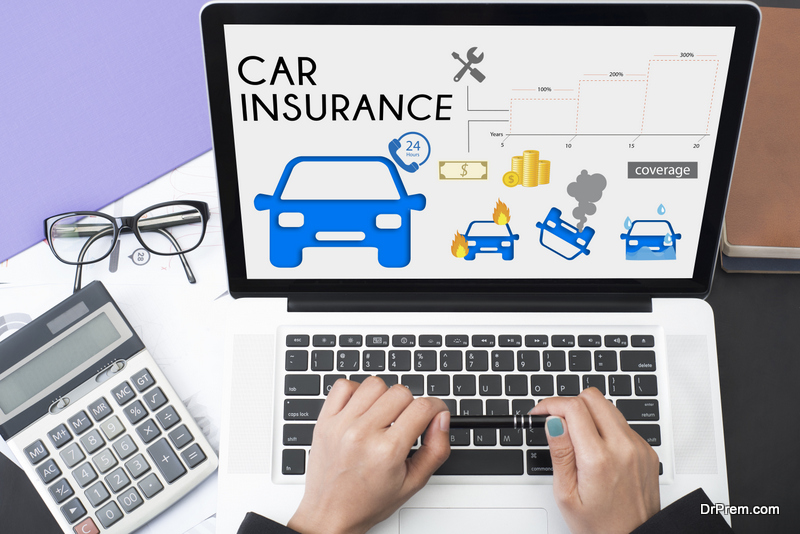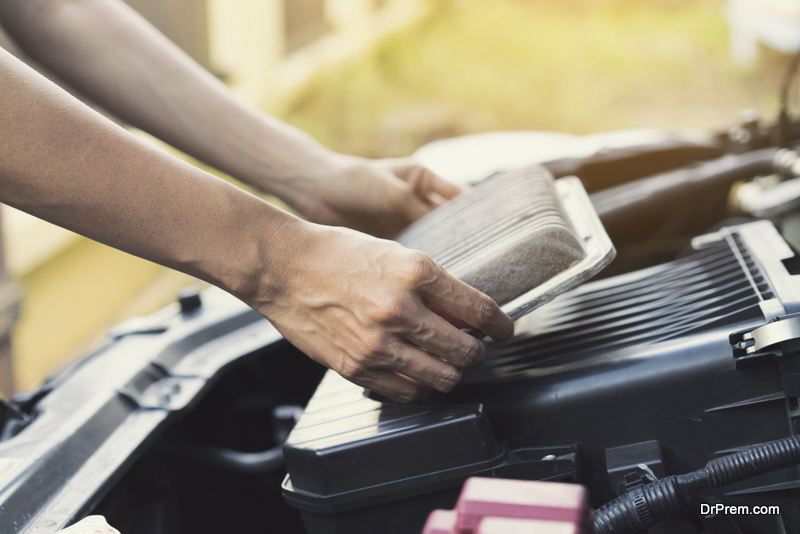We’re always told to expect the unexpected. It’s easier said than done, of course. But when it comes to driving, you need to do all you can to keep you and your family safe.
There is no need to fear the worst every time you buckle up, however—especially if you do all you can to prepare for the worst. Here are 4 essentials to preparing for the worst on the road.
1. Invest in Insurance

It may leave a bad taste in your mouth, but it’s true: you should consider in investing in comprehensive auto insurance coverage. For those on a budget, putting more money into something you may never end up using can leave a bad taste in your mouth. However, investing a few more bucks now can potentially save you hundreds of thousands down the road. Consider uninsured motorist insurance: can you afford to pay for not only your own deductible, but also the repairs on someone else’s car?
Spiros Law explains, “Uninsured motorist coverage provides you or others insured under your auto police for damages or injuries that you are legally entitled to compensation for, resulting from an accident caused by the owner or operator of an uninsured vehicle or the owner or operator of a vehicle that flees from the scene of an accident caused by that vehicle.”
Investing in uninsured motorist coverage beyond the legal limit is a great way to mitigate the costs of getting into an accident with an uninsured motorist. Some states have laws in place mandating that all drivers have insurance which covers accidents with uninsured or underinsured motorists. Otherwise, you will want to cover your bases in that regard by investing a little more money on a monthly basis so that, should the worst come to past, you are covered.
2. Be Wary of Motorcycles
Motorcycles are more dangerous all around, both for the motorcyclist and the other people on the road. Motorcycles are “35 times more” likely to be involved in accidents as opposed to cars. A great way to keep out of harm’s way and keep motorcyclists safe is to keep a safe distance from them altogether.
Another way to keep everyone and yourself safe on the road is to educate yourself surrounding the basic mechanics of motorcycles. For instance, it is common knowledge amongst motorcyclists that maintaining speed is a better way to keep control on a bike than slowing down, but other motorists not in the know may just look at them and think they are being recklessly fast.
3. Use Caution Around Trucks and Buses

The number of trucks and buses involved in fatal accidents has generally been declining since the 1970’s, but the number is still tragically high. In 2017, nearly 5,000 large trucks and buses were involved in fatal accidents. Sometimes accidents are unavoidable, and others are undeniably caused by negligence on the part of drivers. Truck and bus drivers have an especially potent power to cause harm, as the vehicles they are driving are dangerously large.
So what can you do to prevent harm at the hands of a truck or bus driver? The answer comes down to defensive driving. When you are on highways, pay special attention to the way a driver conducts his or herself. If they are especially aggressive or changing lanes at random intervals, do not feel pressure to keep pace. Remove yourself from the situation to the best of your ability.
The key is checking your ego at the door of your car. There is no need to try and keep up with drivers of buses, cars, motorcycles, or buses who are in a hurry. It is not worth your life!
4. Maintain Your Vehicle
The journey to protecting yourself the best you can starts with you and your car. Proper maintenance and keeping of your vehicle are the keys to preventing the bulk of accidents on the road. You cannot control the actions of others, but you can control your own. Do everything in your power to keep yourself sharp and attentive on the road.
Beyond that, take good care of your car! Accidents relating to the state of vehicles involved count for 2% of all accidents, a statistic which puts it on par with environmental reasons. (For context, the decisions made by drivers and critical reasoning errors account for 94% of accidents.)
To keep your vehicle in good shape, do not ignore your tires. There are very cheap tools available to check tire pressure. You can usually find the appropriate pressure for your tires on the sticker inside the driver’s side door of most vehicles. Otherwise, you should be able to find the right pressure in your manual.
Further, only visit reputable mechanics. If it’s a shop that is new to you or you are not certain about the quality of the mechanic’s work, ask where they have sourced any of the products used on your vehicle. You can cross-reference their work with another shop or visit an autoparts store that should be able to confirm or deny the reputation of a parts dealer. You want to be sure that there are quality parts being put in your vehicle whenever your car requires replacements.
Article Submitted By Community Writer




